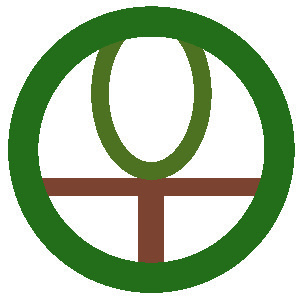CORK OAK
It is easy to overlook ubiquitous cork but it is worthy of a second, and more in-depth, look. Where First consider many of the uses of cork: wine corks (60% of all cork used here), flooring, wall boards, fishing floats, gaskets, insulation, shoes, purses, baseballs and cricket balls, musical instruments, furniture, as a concrete additive, and even for bulletin boards! So where does it come from? The cork oak or Quercus suber Most of the 7 million acres of cork plantations are found in the Mediterranean countries: Portugal—34% Spain—27% Algeria—5% Tunisia—4% Italy—3% France—3% Morocco Why Cork has amazing properties which make it highly desirable to use in many ways. It is highly fire resistant. And termite resistant. And mold/mildew resistant due to the waxy substance suberin. It is also highly compressible but with the ability to reexpand to its original configuration. Also has low thermal conductivity. When Cork trees must mature 25-30 years until they grow around 24 inches in diameter and at least a two inch thick cork layer before first harvest. Using special tools, half of the bark is carefully peeled off the trees. * Each cubic centimeter contains 30-40 million cells! Then the trees must recover for 8-12 years before a second harvest is taken. One tree can yield up to 50 harvests in its 300 year lifespan. How Harvesting occurs from early May to late August. The first or “virgin” harvest is considered of poor quality and is used for industrial purposes. Subsequent harvests produce “gentle” cork. The harvesters are known as extractors. These extractors use a specialized axe to make horizontal cuts (crown or necklace) and vertical cuts (rulers or openings) on the trees before prying the planks free. After drying, these cork planks are sent out for processing. You may want to take a look at this youtube video from the IWCS (International Wood Culture Society) that shows you how it is done: https://www.youtube.com/watch?v=JewMikbKOI0#t=316.7831424
Who You. You too can support sustainable products for our planet. And if you are really interested, the Cork Forest Conservation Alliance even offers ecotourism opportunities in Spain.
Info resources: http://www.greenbuildingsupply.com/ , http://www.jelinek.com/, http://www.corkforest.org/, https://en.wikipedia.org/wiki/Cork_(material)
|
|||
***For Quercus archival postings please click on the Quercus Archives tab at the top of this page. |


